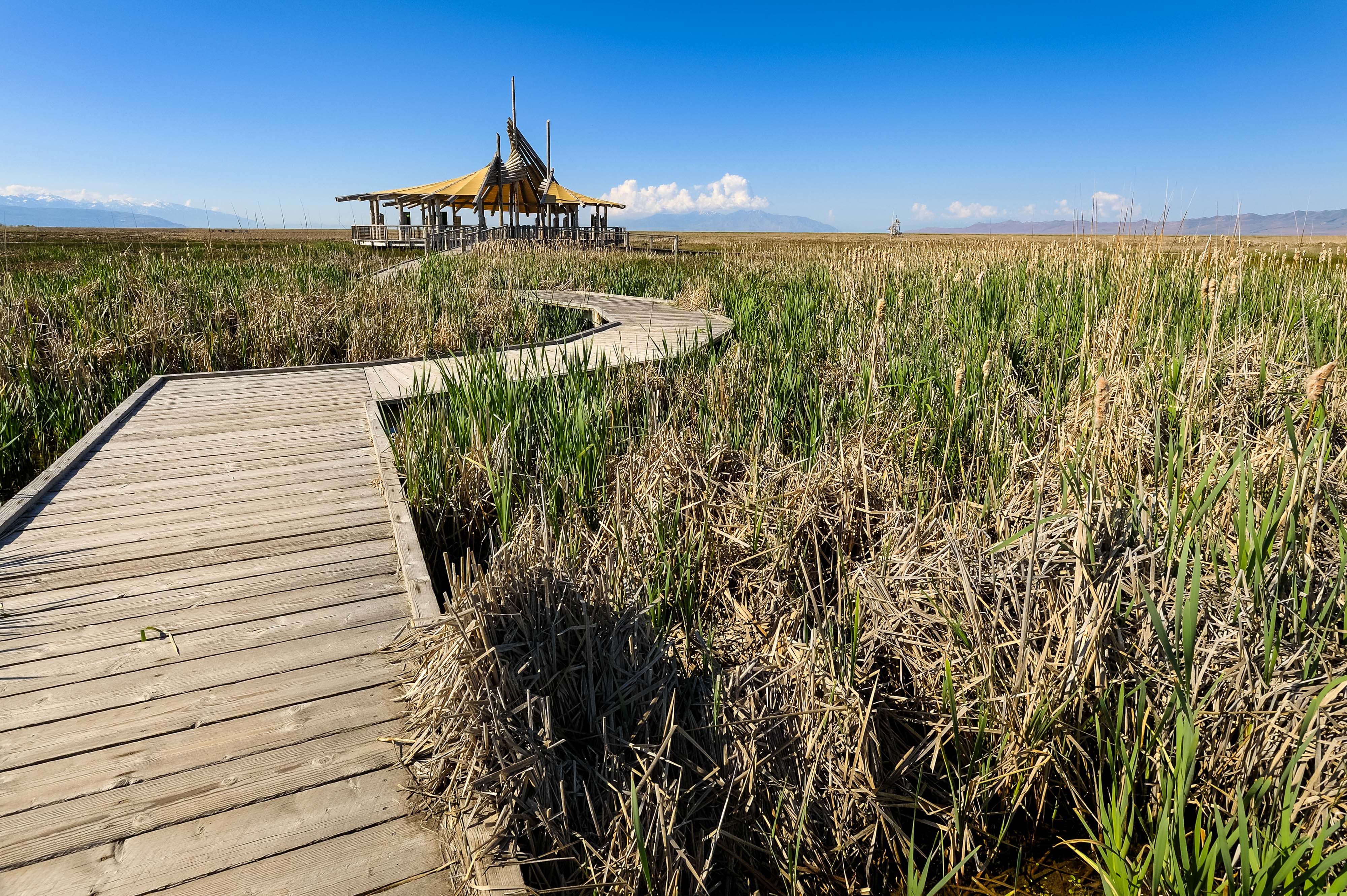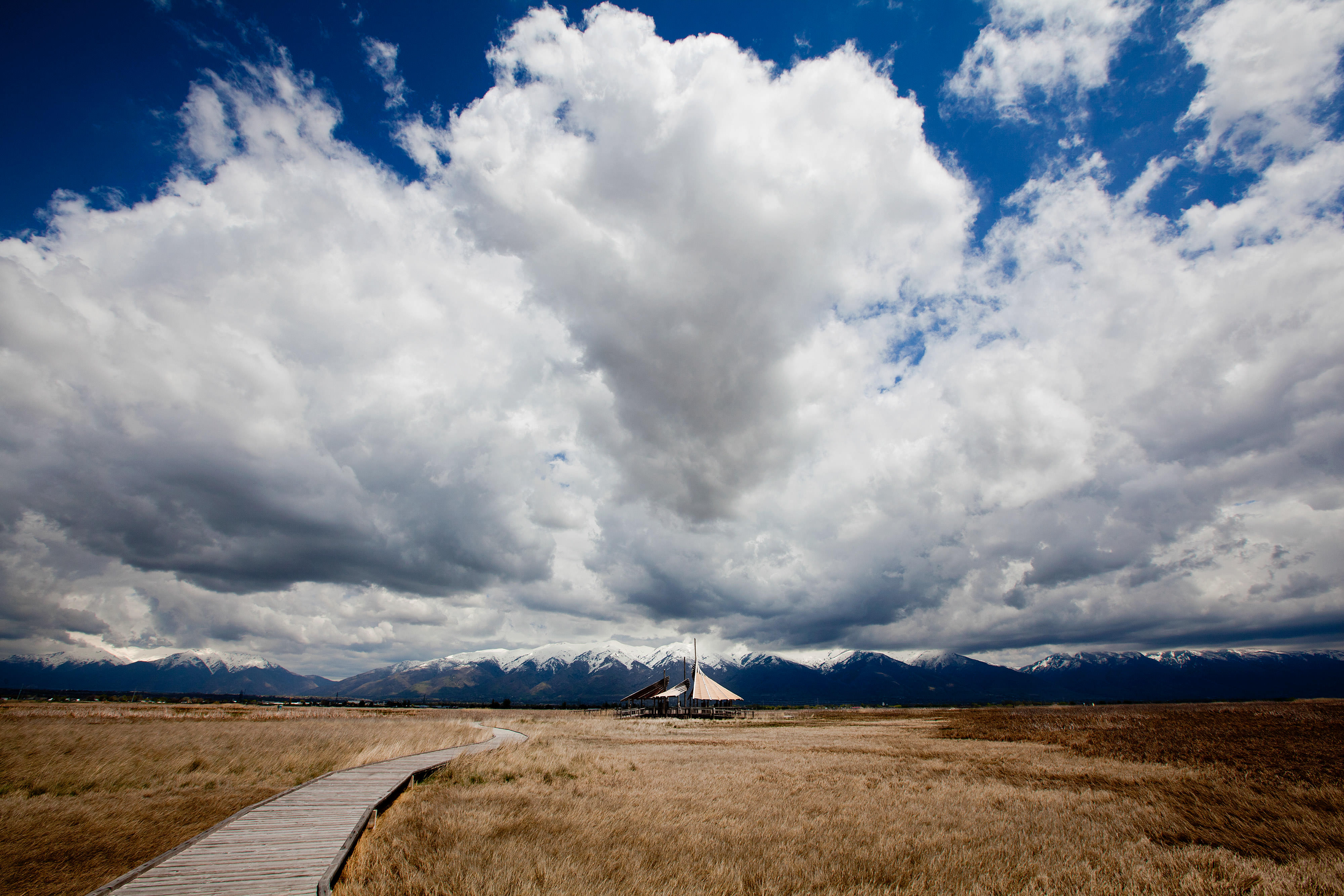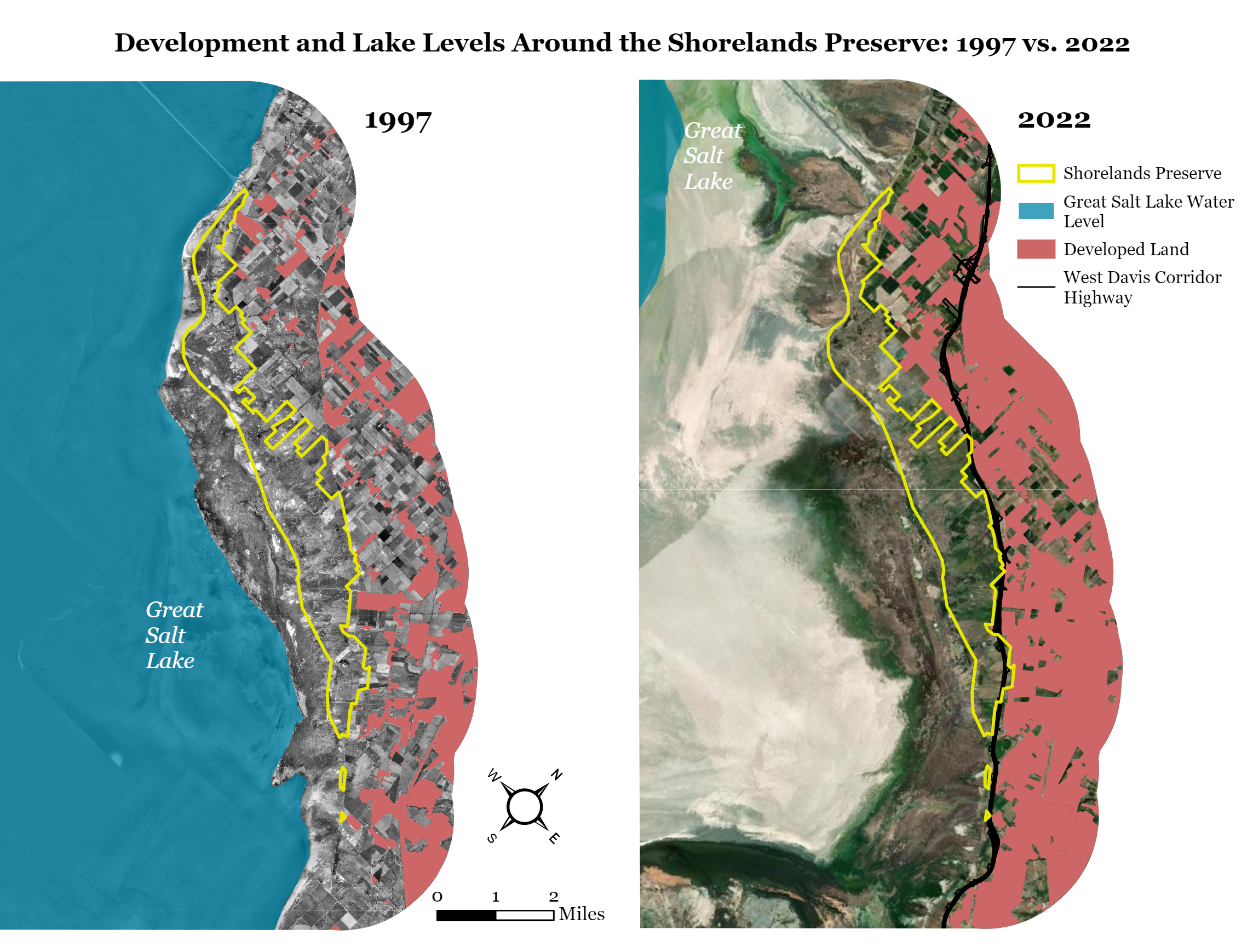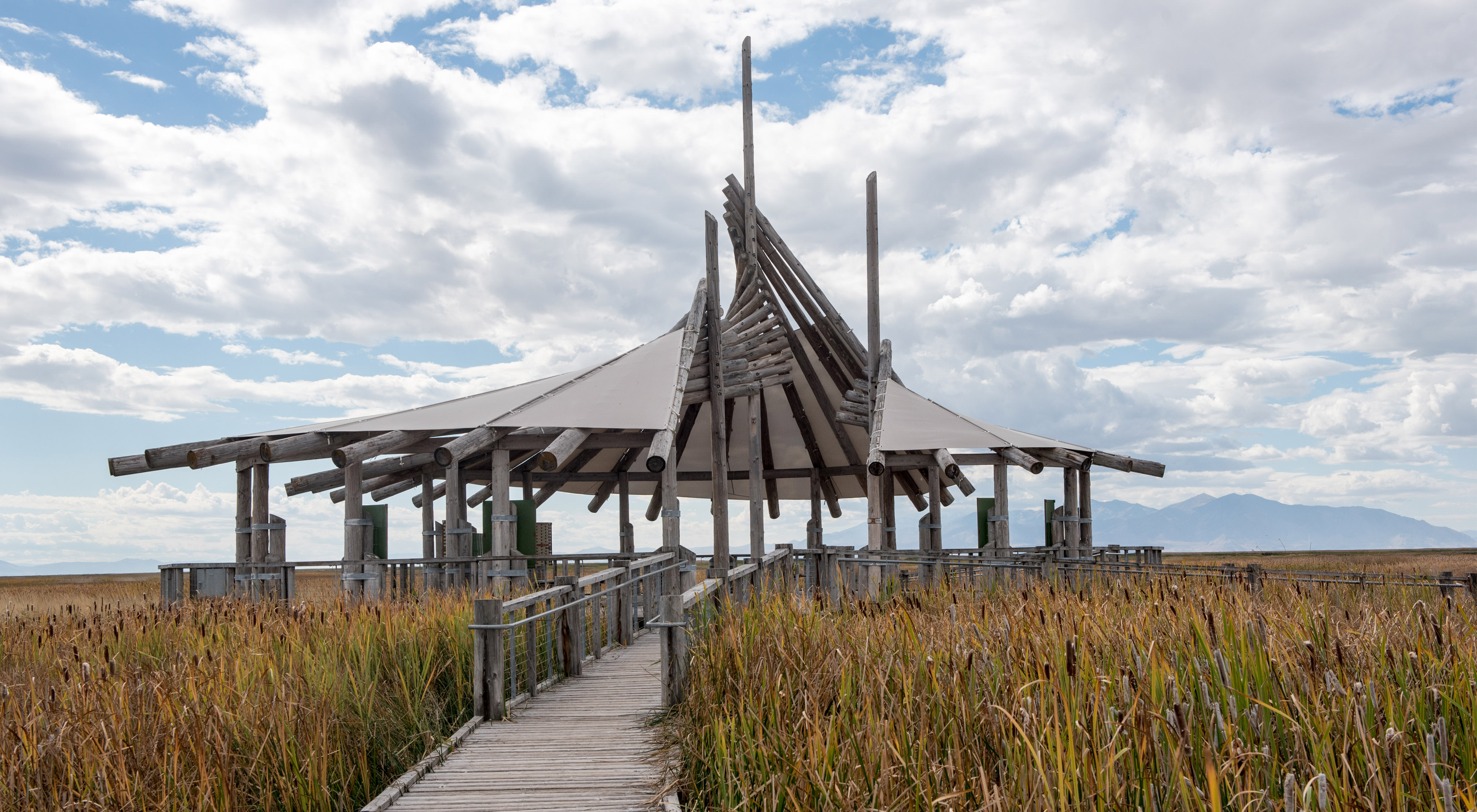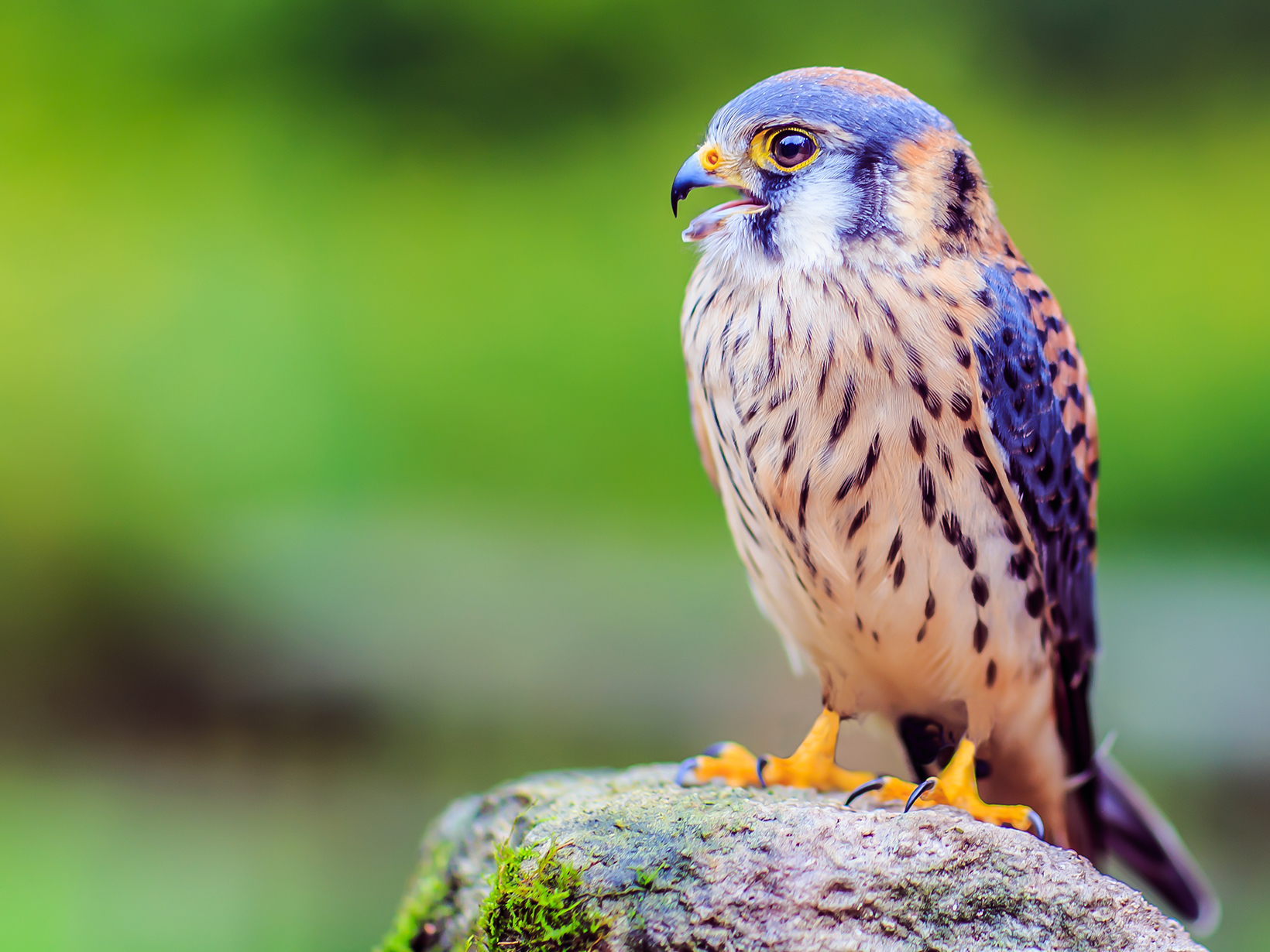Description
The Great Salt Lake Shorelands Preserve spans 4,400 acres of wetlands and uplands habitat along the eastern edge of the Great Salt Lake—one of Utah’s most unique natural treasures. As the largest saline lake in the Western Hemisphere, the Great Salt Lake is crucial to both people and nature. The lake is a rich feeding ground for migratory shorebirds and waterfowl, supporting 10 million migratory birds each year as they journey from as far north as the Arctic to southern points in Central and South America.
Some of the largest gatherings of wildlife ever recorded on the Great Salt Lake have been observed from the preserve’s visitor center, making it a bird-watcher’s paradise as well as the perfect place for visitors to appreciate the importance of the Great Salt Lake.
Download the audio tour before you visit, and make your phone your personal tour guide. You can also take the tour remotely!
